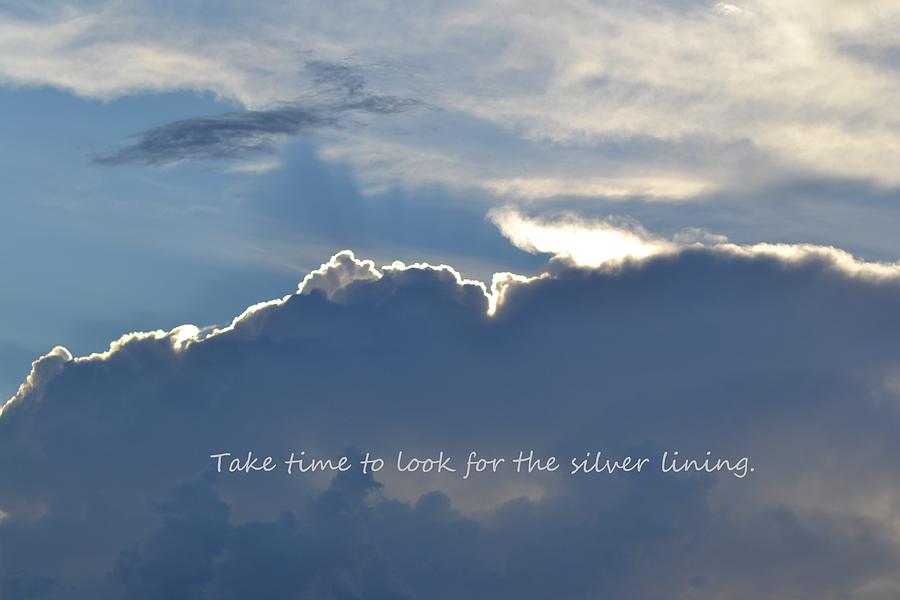It is not to be or not to be. It is how. It is a raging debate.
Kind of like the workspace debate itself. Getting rid of cubicles in favor of open floor office spaces became trendy. Then someone realized me time is also important. There are times when you just need to be by yourself to focus, to be creative. So space is not either or either. You have to be alone. You have to hold small team meetings. The open floor plan is great. But it is not great round the clock.
Remote is like that. Remote has to be an option. Just like flexible schedules.
And remote is a skill not a button you press. You send your team remote and all problems solved? Hardly. You have to work at it. And all the other challenges of work still stay. Remote is just an arrangement.
Communication is great. Being able to reach out to anyone on the team is great. But always-on is a drag. Always-on prevents people from doing their best work. There are times when you just have to unplug. Even while at work.
Remote definitely has to be an option. The best person for a particular job at the price point you can afford might not be in your town, or near you, or even in the same country. Remote can be great. On the other hand, if you don't know or learn how to manage, it can be a disaster. It can get incredibly frustrating.
Even if you are under the same roof, if everyone spends big chunks of their days staring at their computer screens, as knowledge workers are likely to, is that not remote? Are they not better off doing it in environments of their choice?
Communication is best spread out. Email works best when it works best. Instant messaging has its place. Some things are best taken over to voice chat, one on one or a conference call. But that voice chat might appreciate an email backup.
And there is no avoiding the in-person. I believe the Wordpress team is 100% remote. But they make a point to meet in person once a year. Depending on feasibility, that could be once a month, or once a week even. You could have remote workers in the same city who drop by the office one or two days a week. You could have someone 10 time zones away who you can not hope to meet. But you have three people in that same country, maybe they should meet in person when they can.
Remote is an option. It is a good option. It can be an excellent option. But leading a remote team requires certain skills. I am for asking. Ask a potential team member what they think. Ask what kind of work arrangement they might like. Some people just need to show up at the office. They don't know any other way to get work done. That is why people rent desks at co-working spaces, don't they?
We are all knowledge workers. If Microsoft, a trillion-dollar company, considers itself primarily a remote team, who are you?
Remote Work: To Do Or Not To Do? (Preethi's Take)
Anywhere Competes With Silicon Valley, Bangalore, Beijing And London
Remote Work Is Not Either Or https://t.co/MQDsUGKyIG #remotejobs #remoteworkers #remote #Telecommute #telecommuting #knowledgeworker #globalteam
— Paramendra Kumar Bhagat (@paramendra) October 20, 2019
How remote working can increase stress and reduce well-being 70% of professionals work remotely at least one day a week, while 53% work remotely for at least half of the week. Some multinationals have their entire staff working remotely, with no fixed office presence at all, which can result in having employees situated all over the world........ Nearly 70% of millennials would be more likely to choose an employer who offered remote working ....... Employees value the flexibility it gives them, particularly if they have childcare commitments. People also appreciate escaping long commutes and avoiding office distractions. ....... growing concerns that people’s mental health and well-being can take a hit when working remotely ...... In the UK, businesses lose £100m every year due to workplace stress, depression and anxiety. Research shows that being “always on” and accessible by technology while working remotely leads to the blurring of work and non-work boundaries, particularly if you work from home. A 2017 United Nations report found that 41% of remote workers reported high stress levels, compared to just 25% of office workers. ........ 52% who worked from home at least some of the time were more likely to feel left out and mistreated, as well as unable to deal with conflict between themselves and colleagues. ........ Navigating sensitive territory in a virtual team is an essential skill. If we’re not careful, issues can fester. Emails can be misinterpreted as being rude or too direct. And, with no visible body language it is tricky to convey our true meanings. ........ In a virtual environment there is a tendency to focus too much on tasks and too little on relationships. .......... With more emphasis on deadlines and routine information, virtual workers can feel treated as a cog in a machine, rather than an essential part of the team. Such a leadership approach can worsen the sense of isolation that naturally comes with working remotely and can contribute to virtual workplace stress. ........ Interviewees said a lack of feedback from line managers and senior colleagues gave them no benchmark to judge progress, which led to increased feelings of anxiety and a concern as to whether they were “up to standard”. ....... stress can be productive up to a point and then it results in reduced productivity. ....... colleagues who spend just 15 minutes socialising and sharing their feelings of stress had a 20% increase in performance. ..............
Employers need to put the right structures in place such as scheduled video calls and regular team-building meetups to build rapport.
Bosses need to lead by example and create a culture where those outside the office feel valued......... But it cuts both ways. Everyone needs to think about what makes them productive, happy and successful in everyday life, and try to replicate this in a remote setting – whether this ranges from taking a walk at lunch time, going to the gym, ringing a friend or reading your favourite book....... If the future of work is heading towards more virtual working, then it is not something we can avoid. Instead we should implement ways of managing the stress associated with it, while enjoying the benefits.Blue light isn’t the main source of eye fatigue and sleep loss – it’s your computer




